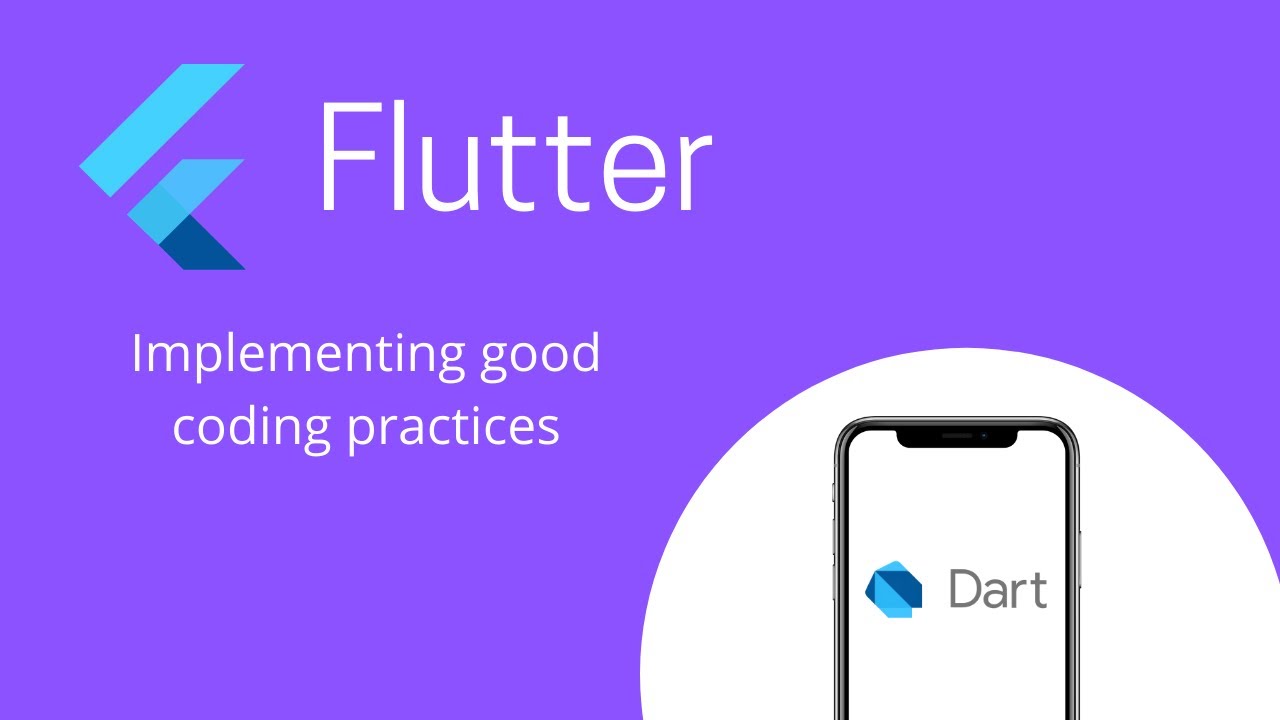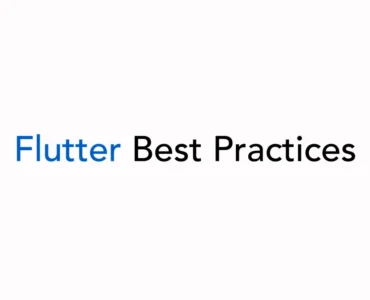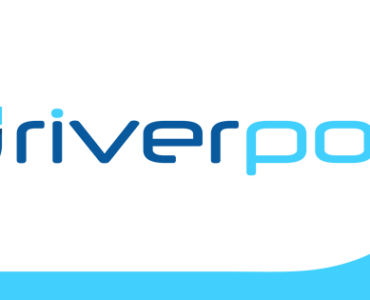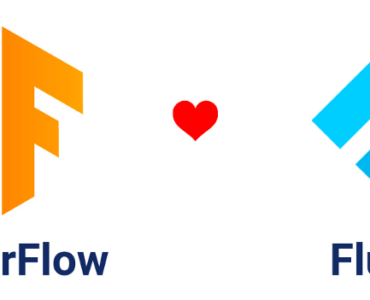Best Practices for Coding Style in Flutter
When developing applications in Flutter, maintaining a consistent and clean codebase is crucial for productivity, readability, and collaboration. A well-defined coding style helps developers write cleaner, more understandable code, reducing errors and making the development process smoother for the whole team.
In this post, we’ll discuss some best practices for coding style in Flutter, covering the following areas:
- Naming conventions
- Indentation and formatting
- Code organization
- Widget structure and layout
- Comments and documentation
Let’s jump into the essential guidelines that will help you write more maintainable Flutter code.
1. Naming Conventions
Consistent naming conventions are essential for ensuring that your code is clear, readable, and easy to navigate. Flutter follows many common conventions, and adhering to these helps maintain uniformity.
Classes and Widgets
- Class names: Use UpperCamelCase for class names. Class names should represent the purpose or behavior of the widget, such as
HomePage,CustomButton, orProductDetailsScreen. - Widget names: Use UpperCamelCase for naming widgets, which are usually classes themselves.
class MyCustomButton extends StatelessWidget {
// widget code
}
Variables and Functions
- Variables: Use lowerCamelCase for variable names. This applies to all local variables and instance variables.
String userName = "John";
int counterValue = 0;
- Functions: Use lowerCamelCase for function names. Function names should be descriptive and convey the action they perform.
void fetchUserData() {
// code
}
Constants
For constants, use ALL_CAPS_WITH_UNDERSCORES. This distinguishes them clearly from other variables in the code.
const double PI = 3.14;
Files and Folders
- File names: Use snake_case for file names. This is common practice in Dart and Flutter to maintain consistency.
lib/screens/home_page.dart
lib/widgets/custom_button.dart
2. Indentation and Formatting
Proper indentation and code formatting not only improve the readability of your code but also prevent potential errors due to improper structure.
Indentation
- Use two spaces for indentation: Dart’s official style guide recommends using two spaces instead of tabs.
- Consistent indentation: Always follow the same level of indentation throughout the file to maintain clarity.
Widget build(BuildContext context) {
return Scaffold(
appBar: AppBar(
title: Text('Home Page'),
),
body: Center(
child: Text('Welcome to the Flutter app!'),
),
);
}
Line Length
- Limit lines to 80–100 characters. Breaking long lines of code helps ensure that your code is easily viewable on a variety of devices and editor windows.
Text(
'This is a very long line of text that might go beyond the 100 character limit, so we break it up.',
)
Whitespace
- Use a blank line between method definitions to separate logic.
- Avoid unnecessary whitespace between operators and expressions.
// Correct:
final double area = width * height;
// Incorrect:
final double area = width * height;
3. Code Organization
Code organization plays a vital role in maintaining a clean and scalable project structure. Flutter projects tend to grow large, so dividing your code into well-organized sections and files is essential.
Group Related Files
- Folder structure: Group your widgets, screens, models, services, and utilities in appropriate directories.
lib/
|- screens/
|- widgets/
|- models/
|- services/
|- utils/
Avoid Large Classes
- Keep classes small and focused: A class should ideally follow the Single Responsibility Principle (SRP), meaning it should only have one reason to change.
- Break down large widgets into smaller components or custom widgets to enhance readability.
// Rather than one large widget, break it down:
class ProfileScreen extends StatelessWidget {
@override
Widget build(BuildContext context) {
return Scaffold(
appBar: AppBar(title: Text('Profile')),
body: Column(
children: [
ProfileHeader(),
ProfileDetails(),
ProfileActions(),
],
),
);
}
}
4. Widget Structure and Layout
Flutter widgets are the building blocks of UI, and adhering to a consistent widget structure is crucial for maintaining clean code.
Avoid Nested Widgets
Avoid excessive nesting of widgets, as it can make your code harder to understand and maintain. Break down complex layouts into smaller, reusable widgets.
// Bad: excessive nesting
Column(
children: [
Container(
child: Padding(
padding: const EdgeInsets.all(8.0),
child: Text('Hello, World!'),
),
),
],
);
// Better: separate into smaller widgets
Widget buildTextWidget(String text) {
return Padding(
padding: const EdgeInsets.all(8.0),
child: Text(text),
);
}
Use const Constructors Where Possible
Whenever a widget doesn’t change during runtime, mark it as const. This helps Flutter optimize performance by reducing the need to rebuild those widgets unnecessarily.
const Text('Hello, World!');
Avoid setState When Unnecessary
Try to avoid using setState for minor changes that don’t require a complete widget rebuild. Instead, prefer state management solutions (like Provider, Riverpod, or Bloc) to manage state in a more scalable way.
// Instead of using setState for complex logic:
setState(() {
_counter++;
});
// Consider using a state management solution.
5. Comments and Documentation
Good documentation and comments make it easier for other developers (or even your future self) to understand the code’s purpose and logic.
Use Comments Wisely
- Explain why, not what. The code itself should explain what is happening; comments should explain the reason behind specific choices or implementations.
- Avoid obvious comments: Don’t add comments for simple code that’s self-explanatory.
// Good: Explains why we are doing something
// Wait for 2 seconds before retrying to avoid flooding the server with requests
await Future.delayed(Duration(seconds: 2));
// Bad: Obvious comments
int counter = 0; // Initialize counter variable
Document Your Methods
Use Dart’s built-in documentation comments (///) to describe the purpose and functionality of your methods, classes, or widgets. This is helpful for generating API documentation as well.
/// Fetches user data from the server.
///
/// Returns a [User] object containing the user's profile information.
Future<User> fetchUserData() async {
// logic
}
Conclusion
Adhering to a consistent coding style in Flutter is crucial for developing clean, maintainable, and scalable applications. By following these best practices—such as consistent naming conventions, proper indentation, clear code organization, and thorough documentation—you’ll be able to write Flutter code that is easy to read, understand, and extend.
If you’re working in a team, it’s a good idea to establish a shared style guide to ensure consistency. Tools like flutter analyze and dartfmt can help automate the enforcement of these conventions, making it easier to maintain high code quality throughout your project.
By following these coding style guidelines, you’ll be on your way to writing Flutter apps that are not only functional but also clean, readable, and professional.
Happy coding!



